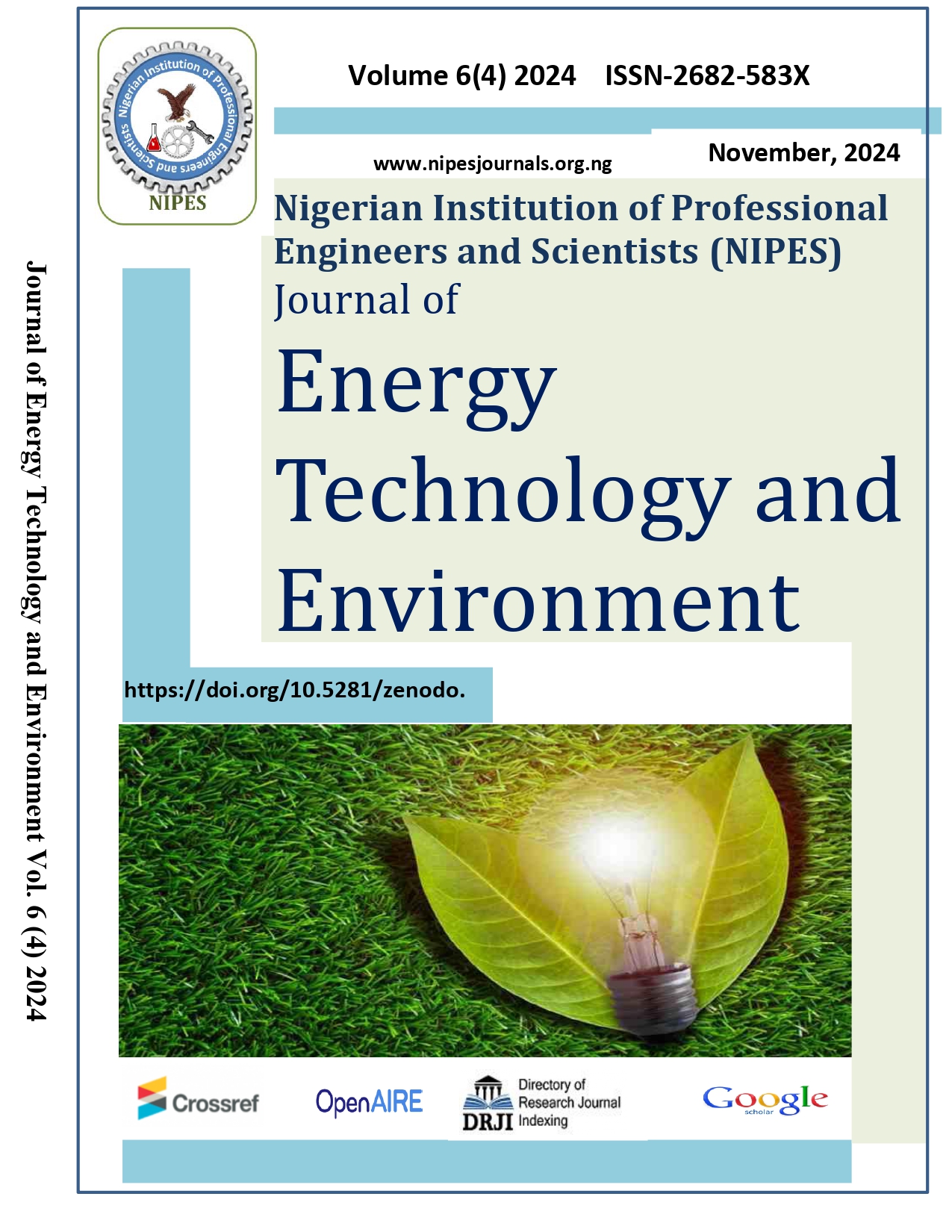Electronic Monitoring of the Oil and Gas Pipelines (Case Study: Warri Refining and Petrochemical Company Limited)
DOI:
https://doi.org/10.5281/zenodo.14526357Abstract
The Oil and Gas Industry is a significant part of the global economic framework. It plays a crucial role in the energy market as the primary fuel source, generating annual revenue in trillions of dollars globally. Pipeline failures in crude oil transportation can lead to many disadvantages. The Electronic Monitoring of the Oil and Gas Pipelines of Warri Refining and Petrochemical Company Limited (WRPC) was modeled using Matlab Simulink 2017, in real-time using electronic sensors to determine pressure, temperature, motion, mass flow rate, and sound. This model comprises several subsystems; first pipeline subsystem, second pipeline subsystem, third pipeline subsystem, fourth pipeline subsystem, oil theft1 subsystem, oil theft2 subsystem. The results are shown in graphs to identify the changes in the mass flow rate of crude, total crude oil stolen, and changes in crude temperature over pipe length. This study therefore presents the motivation and potential advantages of the proposed electronic monitoring systems that can detect intrusions into the pipelines before vandalism takes place and send sms and email alerts to the control room operators

